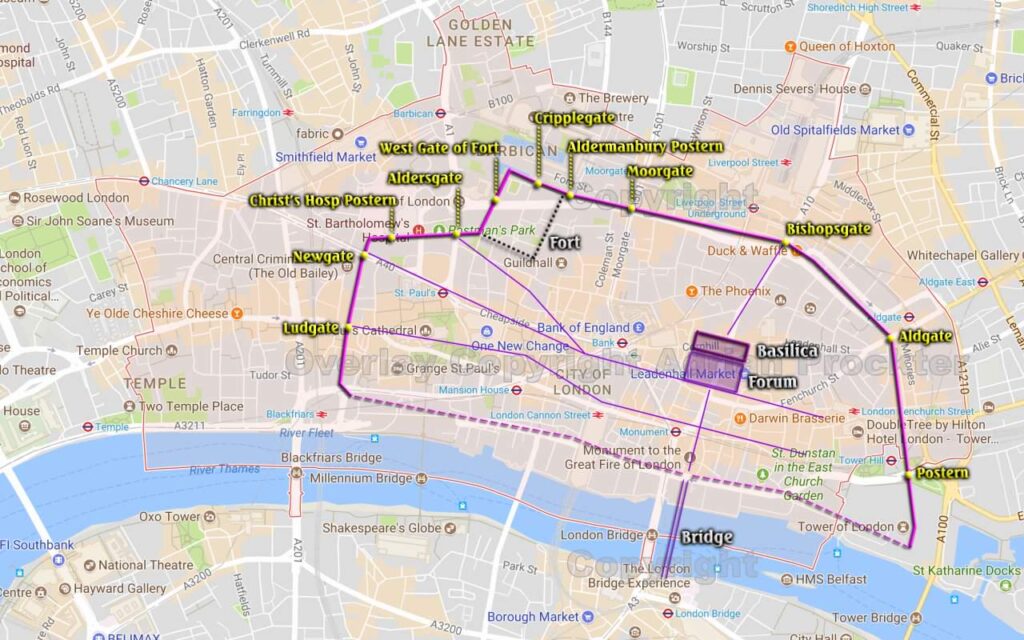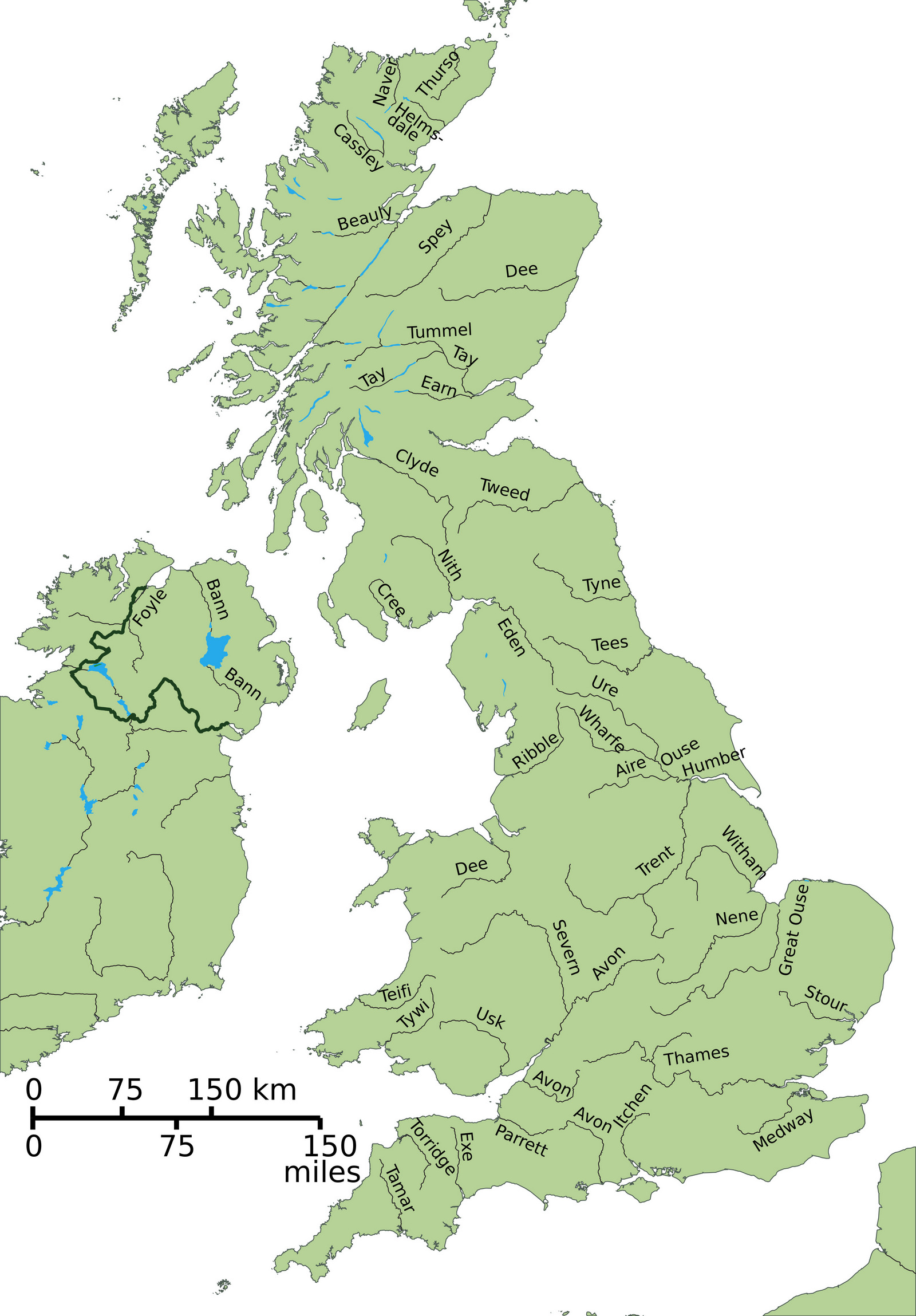Londinium: The Roman City Beneath Modern London
Long before double-decker buses and the Underground, there was Londinium—an early Roman settlement that laid the groundwork for what would become one of the world’s most influential cities. Tucked along the River Thames, this small outpost turned administrative powerhouse grew fast, driven by trade, military planning, and its prime location.
How It All Started
Londinium was founded by the Romans in the late 1st century AD, not long after their conquest of Britain. At first, it was a compact military and trading hub—just 1.4 km² in size, roughly the same as Hyde Park today. What gave it an edge, even in those early years, was its location. Nestled by a bridgeable point on the Thames, Londinium was easy to defend, easy to supply, and perfect for moving goods inland.
At its heart stood a Roman garrison built on one of the hills near the river, overseeing traffic and controlling access to the province. It was both a base and a foothold for Rome’s expansion into Britannia.
Below is the reconstruction of Londinium based on archaeological surveys and historical accounts.

From Military Camp to Bustling Center
By the end of the 1st century, Londinium had grown far beyond its initial footprint. A mix of traders, soldiers, administrators, and artisans flooded in. Within a few decades, the population likely reached somewhere between 30,000 and 60,000 people. For the time, that was a large and thriving city—especially for a place on the far edge of the Roman Empire.
Trade routes connected Londinium to other parts of Roman Britain, and its river port became a focal point for importing wine, olive oil, glass, and ceramics. Locally, it exported lead, wool, and grain. Its elevation to provincial capital eventually knocked Camulodunum (modern-day Colchester) from the top spot.
Below is a modern overlay of Roman Londinium on today’s London streets.

What Made Londinium So Important?
Londinium wasn’t just big—it was organized. It had paved roads, bathhouses, temples, forums, and even an amphitheater. One of its most telling features was the basilica, a massive public building used for legal and administrative affairs. This wasn’t just a town of soldiers and merchants; it was the Roman government’s British HQ.
Remains of timber-framed buildings, mosaics, and official inscriptions hint at a busy and hierarchical urban life. And like any Roman city worth its salt, Londinium had walls—thick stone ones added in the 2nd and 3rd centuries, parts of which still survive under London’s streets.
Traces That Still Speak
Today, you can still find pieces of Londinium if you know where to look. In the Museum of London, fragments of pottery, tools, and coins tell stories of ordinary life: traders, laborers, children. Under the city’s financial district, parts of the Roman wall and amphitheater have been preserved or excavated. Some streets still follow the faint outline of Roman roads.
There’s something fascinating about walking through a modern metropolis and realizing that its bones are Roman. The past is literally underfoot.
Recommended Reading on Amazon:








